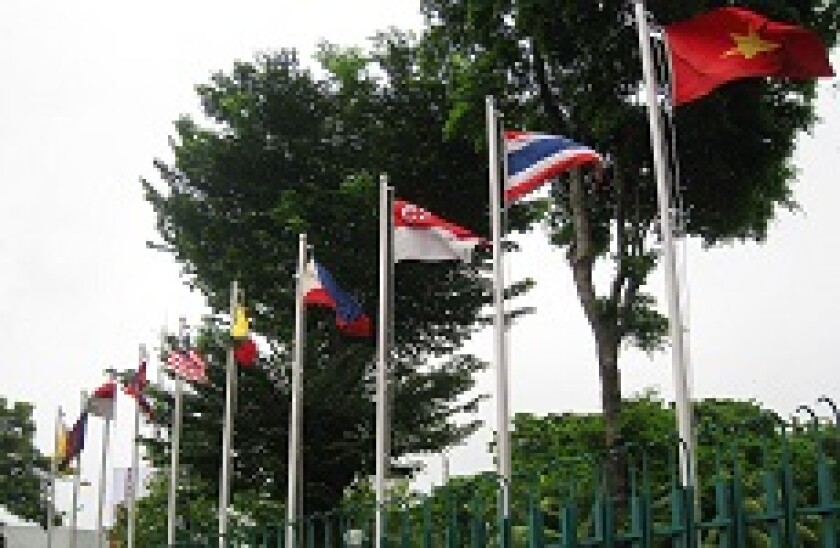China Development Bank (CDB) tried something a bit different last week, targeting its Rmb1bn three year dim sum bond specifically at investors based in the ASEAN region. On the face of it, the deal was a success: some 70% of the deal was placed there.
CDB has been one of the most frequent issuers in the CNH market, and has a reputation for innovation. It has tapped the market with a variety of tenors, setting a number of benchmarks and listing on different markets.
Its latest deal was the first time it had tried to broaden its own credit reputation while also increasing acceptance of the currency by designing a deal with a geographic focus. The bank reckons it will help promote the internationalisation of the renminbi through actively looking to expand the investor base for offshore bonds.
GlobalRMB understands that CDB has wanted to do an ASEAN-targeted deal since its three tranche dim sum back in November 2013. ASEAN investors didn't get much allocation then, but from that time on — helped by a broader increase in interest in RMB investment in the region — reverse enquiry has been steadily building. For CDB, a quasi-sovereign credit and a pioneer in the market, the new deal was an obvious move.
The deal went fairly well: it priced at 3.35%, 5bp tighter than initial price guidance, and the size also came in at the top end of the originally planned Rmb500m-Rmb1bn range. Market participants say that it didn't look much different to other deals, apart from the ASEAN focus.
But managing the dynamics of that structure was enough of a challenge. It's not easy to balance the desire, on the one hand, to place as much as possible with a certain investor base, while not aggravating others who might also want to take part. And that's not all — how meaningful is such a tactic when the secondary market could see the deal change hands and undo that work?
In the case of the CDB deal, bankers say that most of the buyers were ASEAN banks that intend to hold the bonds to maturity. On the face of it, that's great news. It means that the bonds will stay where they were sold.
But while it demonstrates demand for the asset class, it hardly moves things on much further than that. Hold-to-maturity is not an investment strategy that encourages market liquidity, after all. Designing a trade that fills a very specific hole for such investors is only a small part of the task — what's needed now are moves intended to foster a proper regional secondary market.
That may mean taking more risks with allocations, or it may mean a co-ordinated commitment by regional banks to support local trading. CDB has done much to promote offshore RMB investment in primary markets already. But to take the regional objective to the next level, the focus must switch to secondary.
